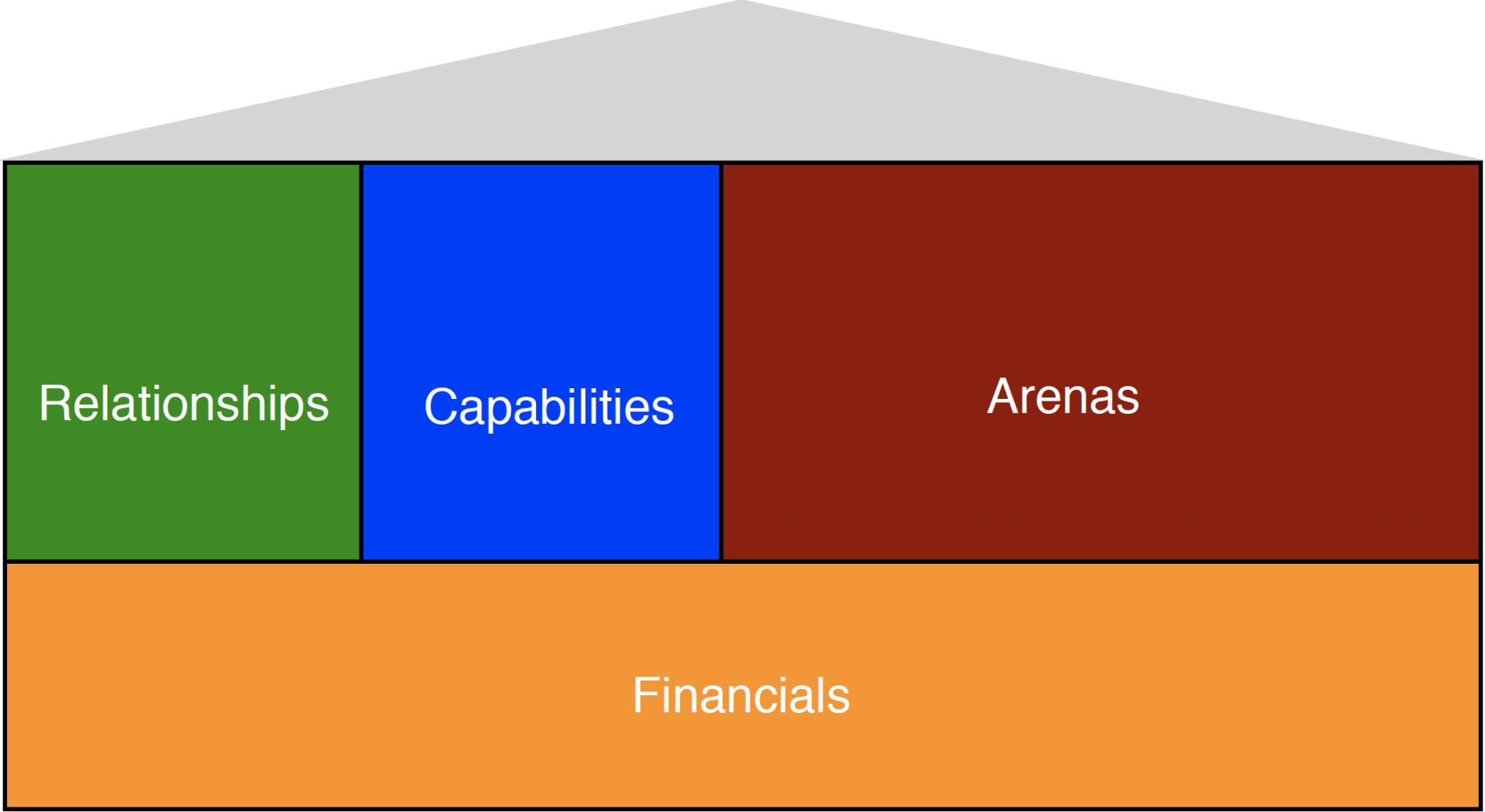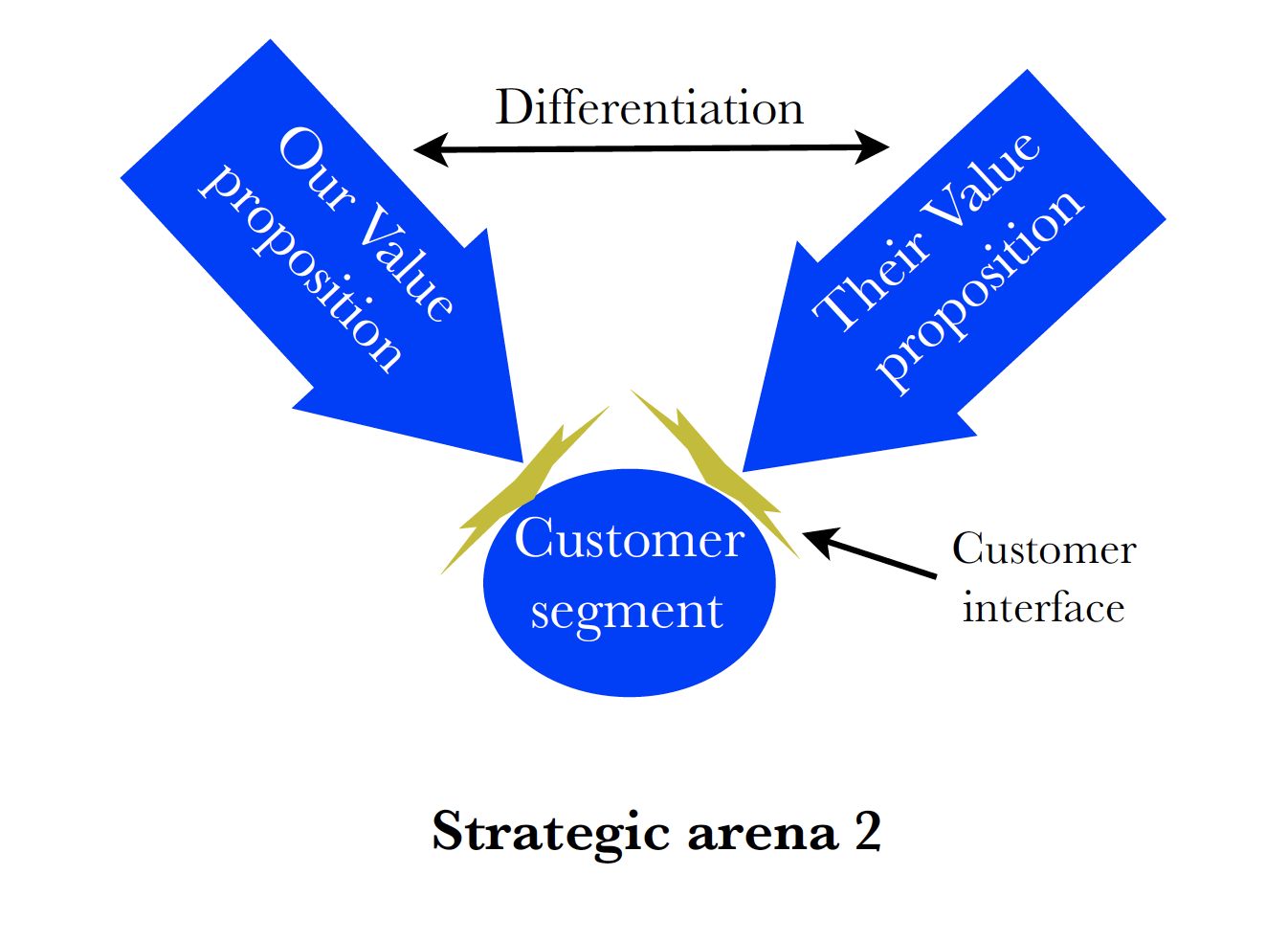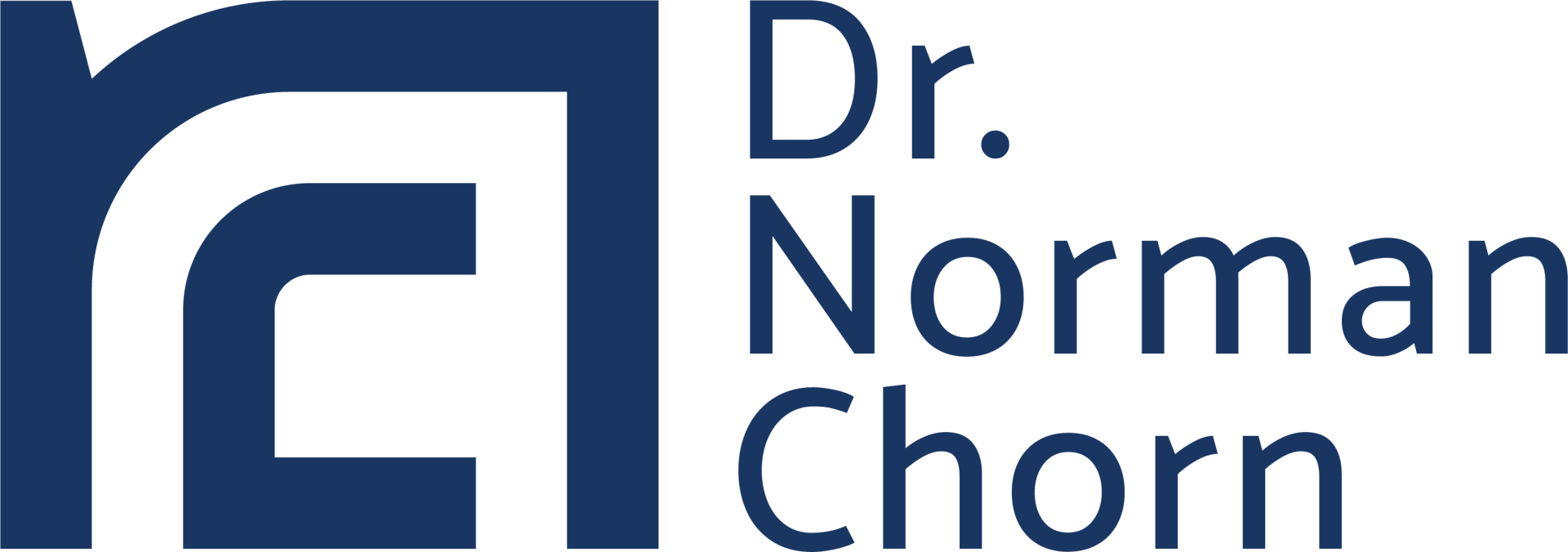Leaders have indirect roles
They shape the context.
What can leaders really do?
Can organisations influence their future? Can they shape their
operating environments? The answer is YES, if you believe in
the role of enterprise leadership.
But what leverage does the leader have on the enterprise? How
can they impact on its future?
The reality is that, except in the smallest of organisations,
leaders have only an indirect influence. Notwithstanding this,
this indirect influence can still be very powerful. This power is
wielded through the design of the ORGANISATION’S
ARCHITECTURE.
The organisation architecture
Like any building or structure, an organisation has a natural
architecture. Like the building’s architecture, the organisation’s
architecture is a response to the demands placed upon it.
In this case, the organisation’s architecture reflects its business
model and how it has decided to go to market.
In terms of this, we can identify four major spaces in the
organisation’s architecture - each with a number of important
building blocks.
Four important spaces
The four spaces that form the core of the organisation’s design
are:
a. The arenas in which the organisation has chosen to
be active
b. The capabilities the organisation has deployed in
order to operate effectively within these arenas
c. The relationships that are in place to enable the
organisation to operate effectively within the arenas
d. The financials that result from operating within these
arenas.
Our experience suggests that these four spaces - the core of the
organisation’s design - are the natural domain of enterprise
leadership. Not only CAN they influence these areas, they are
EXPECTED to show clear Thought Leadership in this
domain.
As we see on the following page, these four spaces have nine
building blocks - each with clear decisions to be made by
enterprise leaders.
Four key spaces
Nine building blocks
Arenas - space 1
The arenas define the various competitive spaces in
which the enterprise operates - see diagram below.
There are 4 key building blocks in this space:
1. How we segment our customers
2. What is our value proposition to meet the needs
of that segment
3. How we interface with our customers in that
segment
4. How our offer is differentiated from that of our
competitors.
The competitive position of the enterprise is shaped by
the way the customers are segmented and, therefore, the
way that the various strategic arenas are defined.
Capabilities - space 2
This space defines the ability the enterprise to
successfully deliver its value propositions to meet
customers’ needs. Two key building blocks make up this
space:
1. What are the key business processes and
activities that create the value propositions
2. How should we configure the key resources
and organise the reporting structures of the
enterprise.
The business processes and organisation structure are
best determined after we have defined the value
propositions. This is why defining the strategic arenas is
the obvious starting point for developing the
organisation architecture.
Relationships - space 3
This building block defines the key partnerships that are
required to “create” the value propositions and “go to
market”. Accordingly, we can define the following
relationships:
a. go to market partners:
‣ alliance or joint venture partners
‣ channel partners
‣ key influencers of your customers
b. supply partners:
‣ suppliers and vendors
‣ license holders or technology partners
Financials - space 4
Two key building blocks make up this space:
1. Revenue streams derived from the value
propositions. This includes pricing, discounting
and volume incentives
2. The cost structure of the business, including the
make up of fixed and variable costs.
The Levers for change
Enterprise leaders have four key levers for making
change and shaping the enterprise’s effort. The
strategic arenas, capabilities, relationships and
costs spaces are key elements in the organisation’s
architecture - and they represent viable levers for
leaders to influence the future and shape the operating
environment.
Subscribe to our regular articles, insights and thought leadership






